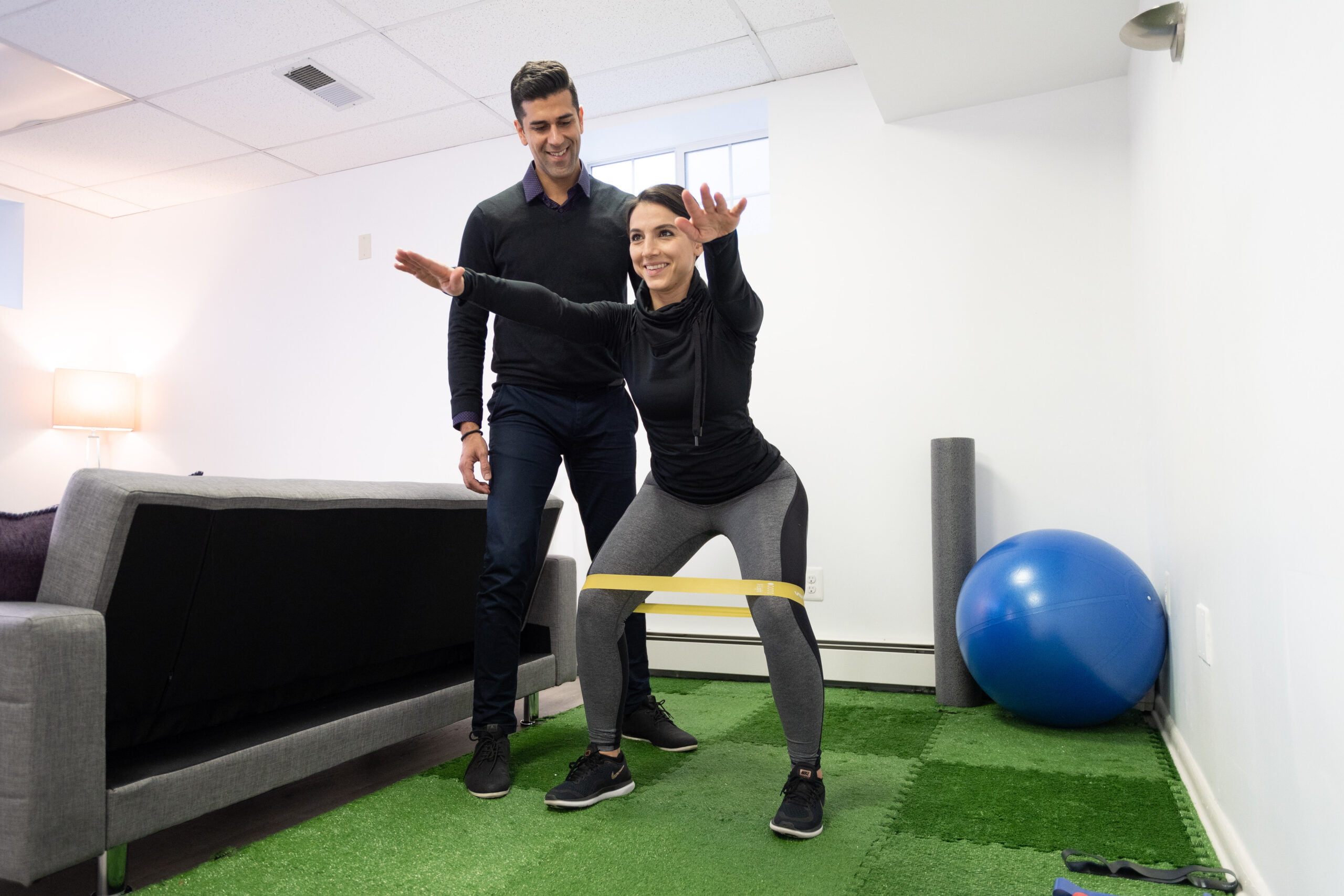Knee Injuries, tendonitis, and ligamentous damage
Chiropractic Treatment of Knee Injuries in Arlington, VA

A knee injury can be very painful, preventing patients from being able to walk or even stand. District Wellness is here to provide chiropractic care for your knee injuries and help you be pain-free. Call (571) 568-8496 to book an appointment.
The knee is a complex joint that is made up of the femur (thigh bone), tibia (shin bone), patella (kneecap), and several ligaments. The knee joint is one of the largest and strongest joints in the body and allows us to bend and straighten our legs.
Common Knee Injuries
Although anyone of us can get afflicted with a knee injury, they are usually more common in athletes and middle-aged people. Falling accidentally, Harsh impact to the front of the knee, and landing awkwardly from a jump are common causes of knee tendon injuries.
Knee Ligamentous Injuries
Knee ligamentous injuries are a common occurrence in both the athletic and general population. There are four main ligaments in the knee joint: the anterior cruciate ligament (ACL), posterior cruciate ligament (PCL), medial collateral ligament (MCL), and lateral collateral ligament (LCL). These ligaments work together to provide stability to the knee joint.
Knee ligament injuries can be very serious, especially if they involve collateral ligament injuries. These ligaments provide stability to the knee joint, so when they are damaged, it can cause the knee to become unstable. This can lead to further injury, including ACL injury and meniscal tears. Treatment for a torn collateral ligament usually involves surgery to repair the ligament.
Patellar Tendonitis
Patellar tendonitis, which is usually called jumper’s knee, is caused by inflammation of the tendon due to its overuse. The patellar tendon is the tissue that connects the kneecap (patella) to the shinbone (tibia), and it helps you to extend your leg straight. Patellar tendon tears are a fairly common injury, especially among athletes.
Tendinitis is an inflammation of a tendon, a thick cord of tissue that attaches muscle to bone. Athletes who play sports that require jumping or sudden changes in direction, such as basketball or tennis, are more likely to develop patellar tendinitis.
Patellar tendonitis and tendinitis are similar conditions, but there are some key differences. Patellar tendonitis specifically refers to inflammation of the patellar tendon, while tendinitis can occur in any tendon in the body. Patellar tendonitis is also more common in athletes, while tendinitis can affect anyone.
Meniscus tear:
The meniscus is a crescent-shaped piece of cartilage that acts as a cushion between the femur and tibia. A torn meniscus can occur when the knee is suddenly rotated or twisted. Torn cartilage or meniscus is one of the most common knee injuries.
Patellar dislocations:
Knee dislocation occurs when the kneecap (patella) is forced out of its normal position. This can happen due to a direct blow to the knee or from falling onto the knee. Surgery may be needed if the patella is severely damaged or does not stay in its proper position.
Hamstring strain:
The hamstring is a group of three muscles that run down the back of the thigh. A strain occurs when one of these muscles is stretched or torn.
Fractures
Fracture of the knee bones can occur from a direct blow or a fall onto the knee. The most common type of knee fracture is a patellar fracture.
Knee Injury Treatment
Rest is important to allow the knee to heel quickly. Applying ice helps to reduce inflammation and pain in the knee joint. You can also use heat to relieve pain, but be sure not to apply heat directly to the skin over the injured area.
There are a variety of over-the-counter medications that can help with pain and inflammation, such as ibuprofen or naproxen. If these don’t provide enough relief, your doctor may prescribe stronger medication.
Many knee injuries can be treated at home with RICE (Rest, Ice, Compression, Elevation) whereas other knee injuries might require the use of crutches or braces, etc. for complete recovery.
In some cases, physical therapy may be recommended to help improve the range of motion and strength in the knee joint. Surgery is usually only necessary if the injury is severe, or if other treatments haven’t been successful.
Chiropractic Care for Knee Injuries
Chiropractors treat knee injuries by realigning the knee bones and joints in the knee. This helps to reduce pain and inflammation and promote healing. Chiropractic adjustments can also help to improve the range of motion and flexibility in the knee joint.
Chiropractic care is effective in the treatment of knee injury. A study published in the Journal of Manipulative and Physiological Therapeutics found that chiropractic adjustments were able to significantly reduce pain and improve function in patients with knee injuries. Another study, published in the same journal, found that chiropractic care was effective in treating patients with chronic knee pain.
If you are suffering from a knee injury, chiropractic care may be able to help. Contact District Wellness today at (571) 568-8496 today to learn more about how chiropractors can help relieve your pain.

